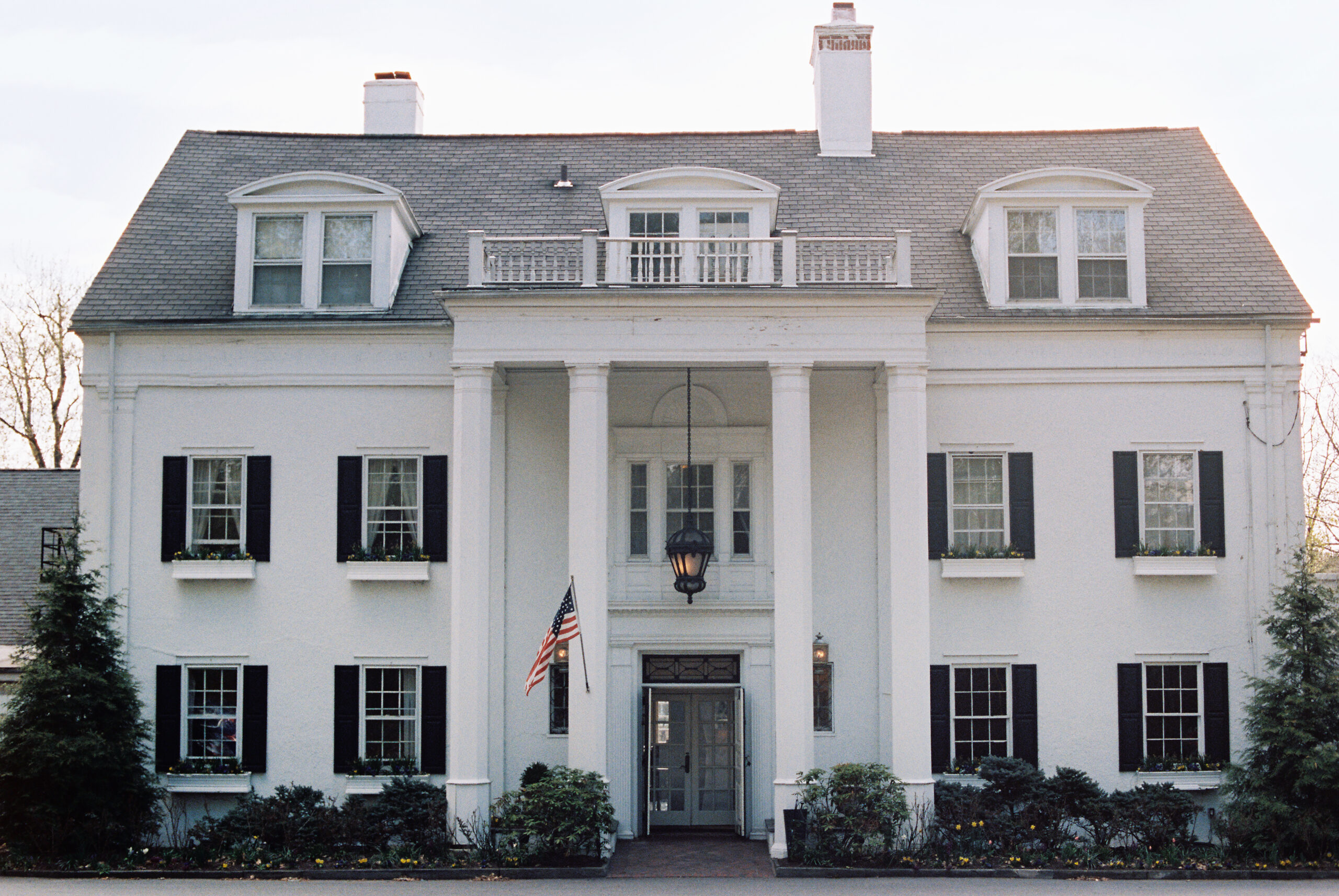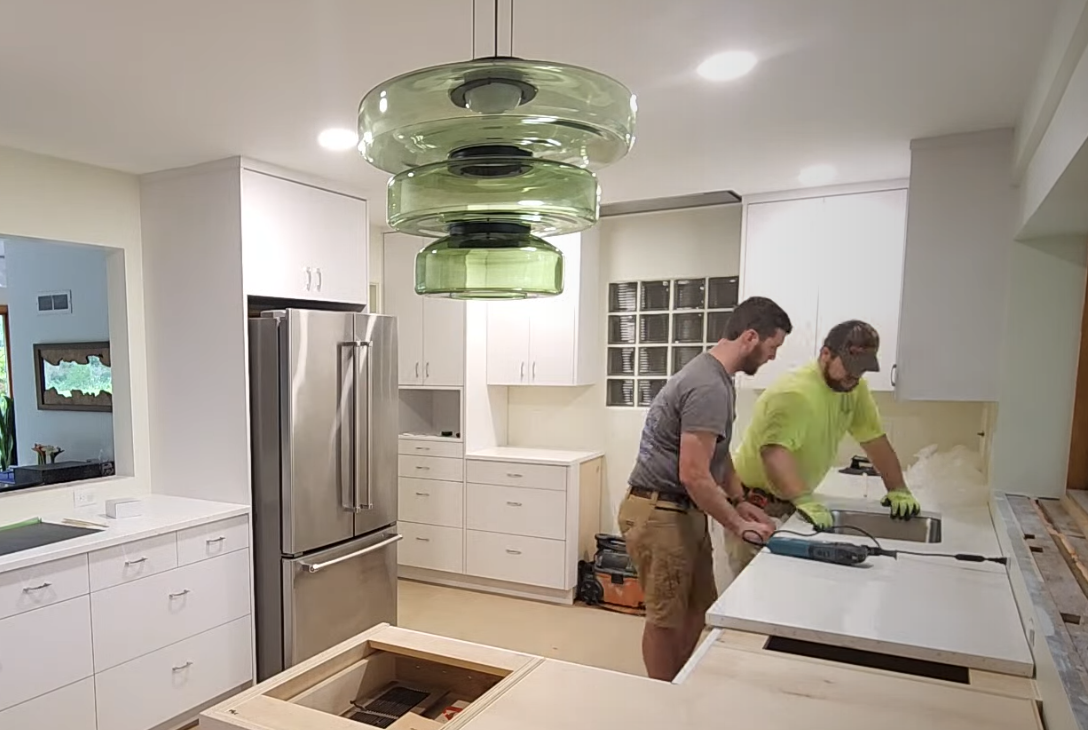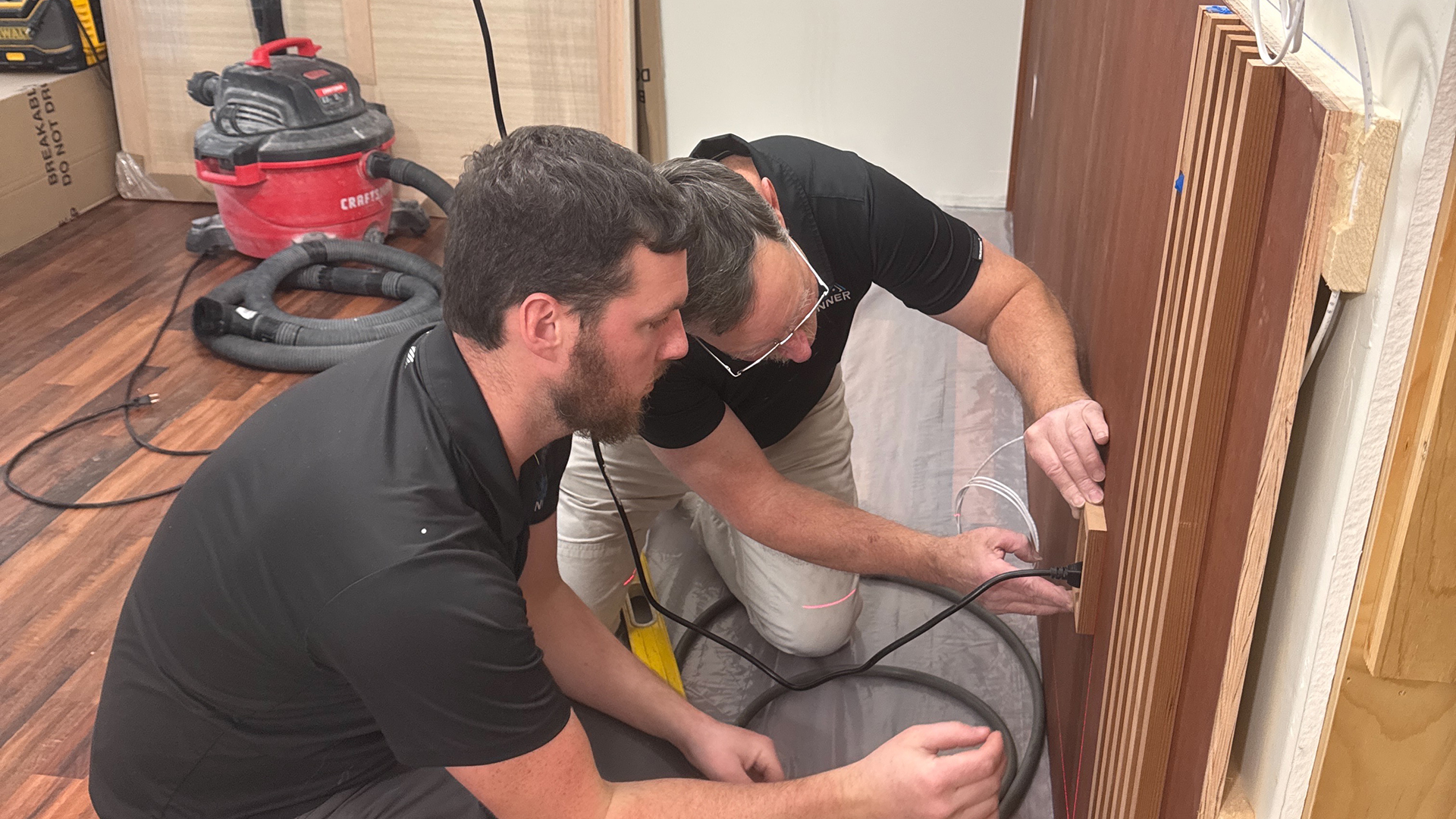Crafting a Traditional, Symmetrical Home in Midland
Colonial Revival architecture holds a special place in Midland, Michigan, and throughout the United States. Known for its balance, classic elegance, and historical roots, this style has been a go-to choice for homeowners who value timeless beauty and a sense of tradition. If you’re looking to build a new home with Colonial Revival inspiration, you’re choosing a style that blends formal grace with enduring appeal.
In this post, we’ll explore the hallmarks of Colonial Revival architecture and provide tips on how to create a modern home that captures the spirit of this beloved style.
1. The Legacy of Colonial Revival in Midland
Colonial Revival architecture became popular in the early 1900s as Americans sought to embrace the values of heritage and craftsmanship. While Midland’s architectural history is diverse, Colonial Revival homes offer a particularly elegant nod to tradition, characterized by symmetrical facades, gabled roofs, and historical details like shutters, multi-pane windows, and formal entryways.
For those who love the timeless appeal of Colonial design, building a new home in this style offers the chance to celebrate Midland’s architectural history while enjoying the conveniences of modern construction.
2. Key Characteristics of Colonial Revival Architecture
A Colonial Revival-inspired home is instantly recognizable for its dignified symmetry and classical details. Here are the core elements to consider when building a home in this style:
- Symmetrical Facade: Colonial Revival homes are almost always balanced, with windows and doors arranged symmetrically around a central axis. This symmetry creates a refined, polished look that’s perfect for homeowners who value order and structure.
- Formal Entryway: The entryway is typically the focal point of a Colonial Revival home, often enhanced with a decorative pediment, columns, or sidelights that draw attention to the front door. In many cases, a transom window above the door brings in natural light without compromising privacy.
- Brick or Wood Siding: Colonial homes traditionally used brick or wood clapboard siding. Today, you can find modern, durable materials that mimic these classic finishes while offering better energy efficiency and reduced maintenance.
- Multi-Pane Windows with Shutters: Windows in Colonial homes are usually evenly spaced and feature multiple panes with shutters that add charm and authenticity. Opt for energy-efficient windows with divided-light grilles to capture this look.
- Gabled or Hipped Roof: Colonial Revival homes typically have simple, steeply pitched gabled roofs that add height and emphasize the home’s elegant proportions.
3. Blending Colonial Revival Style with Modern Functionality
While Colonial Revival homes offer timeless beauty, today’s lifestyles require features that make these homes comfortable, efficient, and adaptable. Here’s how to bring the best of both worlds together:
- Open Floor Plans with Colonial Character: Colonial Revival homes were traditionally compartmentalized into individual rooms. To accommodate a more open floor plan, consider blending spaces while retaining defining features like crown molding, wainscoting, and formal entryways that evoke Colonial elegance.
- Modern Kitchen with Classic Details: The kitchen is the heart of the home, and a modern Colonial kitchen can combine functionality with vintage-inspired details. Opt for shaker-style cabinets, farmhouse sinks, and classic hardware. A built-in banquette or breakfast nook adds to the cozy, family-focused atmosphere of the Colonial style.
- Energy Efficiency in Classic Design: Use modern energy-saving windows that offer high insulation while preserving the appearance of multi-pane glass. Advanced insulation, efficient HVAC systems, and sustainable building materials will ensure your Colonial-inspired home feels comfortable all year round.
4. Design Tips for a Colonial Revival New Build
If you’re looking to create a home that embraces the spirit of Colonial Revival, here are some design ideas to consider:
- Grand Entryway and Foyer: The entryway is often the most formal part of a Colonial Revival home. Consider a stately front door with a pediment or columned portico, and carry this elegance inside with a welcoming foyer featuring classic light fixtures, a staircase with a traditional wooden banister, and polished wood floors.
- Formal Living and Dining Rooms: Colonial Revival homes often include distinct formal spaces for entertaining. Dedicate rooms to serve as traditional living and dining areas, complete with wainscoting, crown molding, and perhaps a fireplace or built-in bookshelves. These spaces can be adapted for modern use, serving as a home office or media room if needed.
- Second-Story Bedrooms with Central Hallways: Colonial Revival homes are usually two stories, with bedrooms upstairs. This layout can offer a sense of privacy and separation for family areas, with a wide hallway that connects the rooms. Consider adding high windows or dormers to bring in natural light.
- Brick Accents and Masonry: To evoke Colonial character, consider using brick as an accent or main exterior material. Brick not only adds historical authenticity but also offers durability and natural insulation. If you prefer a lighter look, painted brick can give a more modern spin on this classic material.
5. Colonial Design Touches for Interior Spaces
The interior of a Colonial Revival home is all about understated elegance. To create a warm, inviting environment that reflects this style, pay attention to details:
- Wainscoting and Chair Rails: Classic wainscoting and chair rails add texture and interest to walls in entryways, dining rooms, and hallways, creating a sophisticated atmosphere that’s perfect for the Colonial style.
- Neutral Color Palette: Traditional Colonial Revival homes often feature a neutral color palette with shades of cream, beige, and soft grays. Pops of dark blue, forest green, or brick red in accent furniture or rugs can add subtle warmth and character.
- Antique or Classic-Inspired Furniture: Select furniture with a nod to the past, like spindle-back chairs, wingback armchairs, or a solid wood dining table with a polished finish. These pieces offer a sense of history and craftsmanship.
- Simple Yet Elegant Lighting: Choose lighting fixtures that echo the Colonial style’s simplicity. Brass or wrought iron chandeliers, candle-style wall sconces, and elegant table lamps are ideal for creating a warm, inviting glow in each room.
6. Building a Colonial Revival Home for Midland’s Climate
Midland experiences a variety of weather conditions, from snowy winters to humid summers. Fortunately, Colonial Revival homes, with their sturdy construction and balanced design, are well-suited for Michigan’s climate. Opt for materials like brick or fiber-cement siding, which provide insulation and durability. Properly insulated, high-efficiency windows will also help maintain a comfortable indoor environment while preserving the traditional aesthetic.
7. Honoring Tradition with a Sustainable Approach
A Colonial Revival home can celebrate traditional architecture while embracing sustainable practices. Consider using energy-efficient HVAC systems, low-flow plumbing fixtures, and locally sourced materials to reduce your environmental impact. By choosing durable materials that require less maintenance, you can ensure your home remains as timeless as its Colonial inspiration.
Crafting a Colonial Legacy in Midland
Building a Colonial Revival-style home in Midland allows you to honor the region’s architectural heritage while creating a space that’s both beautiful and functional. With its balanced symmetry, timeless materials, and graceful details, a Colonial Revival home offers enduring appeal, making it a wonderful choice for homeowners who want a blend of tradition and comfort.
Whether you’re drawn to the stately entrance, the balanced design, or the charm of multi-pane windows and shutters, a Colonial Revival home is an investment in both style and legacy. With thoughtful design choices and modern conveniences, you can create a home that feels just as relevant today as it would have in the early days of Midland – a place where tradition meets modern living in perfect harmony.
Benner Builders: Family-Forward, Detail-Driven Renovation & Builder in Midland, Michigan.
Interested in building a new home? Let’s get started.
Contact Benner Builders today to schedule a consultation and start turning your vision into a reality.





